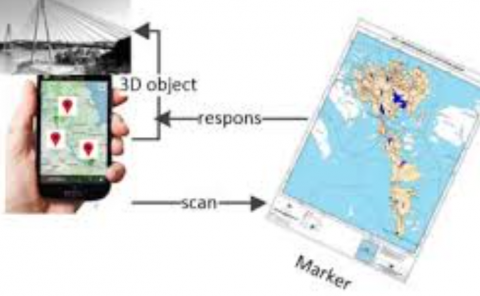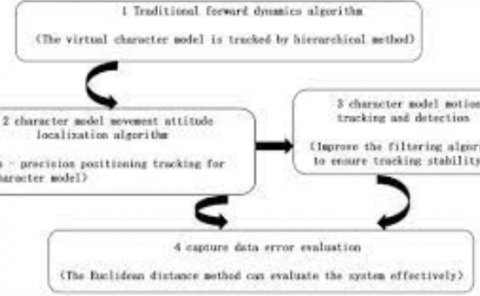The Interplay of AI and Digital Twin: Bridging the Gap between Data-Driven and Model-Driven Approaches
PubDate: Sep 2022
Teams: Lina Bariah, Merouane Debbah
Writers: Lina Bariah, Merouane Debbah

Abstract
The advancements of mixed reality services, with the evolution of network virtualization and native artificial intelligence (AI) paradigms, have conceptualized the vision of future wireless networks as a comprehensive entity operating in whole over a digital platform, with smart interaction with the physical domain, paving the way for the blooming of the Digital Twin (DT) concept. The recent interest in the DT networks is fueled by the emergence of novel wireless technologies and use-cases, that exacerbate the level of complexity to orchestrate the network and to manage its resources. Driven by the internet-of-sensing and AI, the key principle of the DT is to create a virtual twin for the physical entities and network dynamics, where the virtual twin will be leveraged to generate synthetic data, in addition to the received sensed data from the physical twin in an on-demand manner. The available data at the twin will be the foundation for AI models training and intelligent inference process. Despite the common understanding that AI is the seed for DT, we anticipate the DT and AI will be enablers for each other, in a way that overcome their limitations and complement each other benefits. In this article, we dig into the fundamentals of DT, where we reveal the role of DT in unifying model-driven and data-driven approaches, and explore the opportunities offered by DT in order to achieve the optimistic vision of 6G networks. We further unfold the essential role of the theoretical underpinnings in unlocking further opportunities by AI, and hence, we unveil their pivotal impact on the realization of reliable, efficient, and low-latency DT. Finally, we identify the limitations of AI-DT and overview potential future research directions, to open the floor for further exploration in AI for DT and DT for AI.


